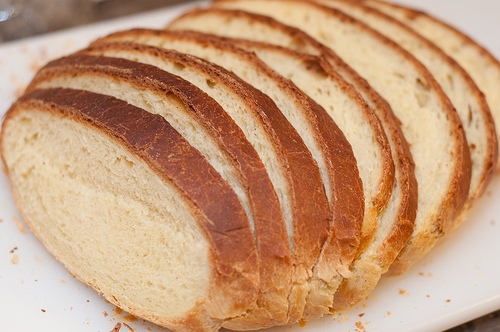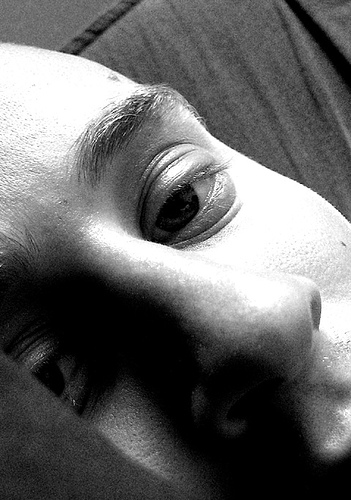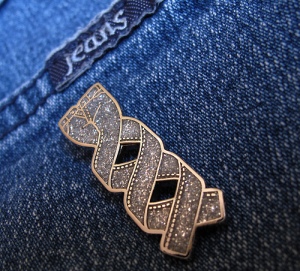
Part 1 – The rise of the gluten free diet
Going out for a meal these days isn’t as easy as it used to be. People used to eat what they were given, especially when choices were limited. But now, there’s always one…”Sorry, I don’t do gluten or dairy”. So is there any substance to this or is it just the latest bid to be uber trendy?
Shiney Mehrotra investigates.
Gluten is a mixture of two proteins (Gliadin and glutenin) found in a number of grains including wheat, rye, barley and oats. When these two proteins are mixed with water it becomes sticky and so forms the familiar texture of dough made from wheat and rye flour.
While most people don’t seem to have an issue with gluten, in some people – such as coeliacs – foods containing gluten triggers an auto-immune response in which the body’s own immune system damages the lining of their small intestine.
That is, as gluten is ingested and comes into contact with the villi (small finger-like projections covering the lining of the small intestine), the immune system mistakenly attacks the villi by antibody production as if it was a ‘foreign’ organism.
This means a whole range of foods – such as bread, pasta, cakes, biscuits, breakfast cereals and even some processed meats – are off the shopping list and the dinner menu.
Over time, the small intestine becomes less efficient at absorbing nutrients, which is why chronic coeliac disease is linked with nutritional deficiencies.
For adults, coeliac symptoms can include:
- Abdominal pain and bloating
- Anaemia
- Alternating diarrhoea and constipation
- Weight loss
- Chronic fatigue.
Associated Conditions
There are a range of auto-immune conditions often associated with coeliac disease including Type 1 diabetes, hypothyroidism (underactive) and hyperthyroidism (overactive), Addison’s disease (a failure of the adrenal gland to produce the essential hormone, cortisol) and alopecia areata (total hair loss in defined patches) and dermatitis herpetiformis (an associated skin condition).
Coeliac disease can also cause a host of serious long-term health problems anaemia, osteoporosis and a range of vitamin deficiencies. Recent studies show that gluten-sensitive individuals on a gluten-free diet often get too much simple starch, too little fibre and vitamin B.
It is believed coeliac disease affects 1% of the general population in the Western worlds, so why are there so many people that seem to snub the humble baguette??
So what’s the big diff?
But most Gluten sensitive people return negative or inconclusive results upon Coeliac testing. The correct term for these people is Non-Celiac Gluten Sensitive (NCGS) or they may have gluten sensitivity. It is estimated that around 15% of the population or 1 in 7 suffer from NCGI.
Gluten consists of many long elastic chains of proteins (gives it the characteristics of a dough) lined along each other. Not all of them cause Coeliac disease, but some can cause irritation to the small intestine, enough to hinder the cells of the small intestine to produce digestive enzymes to break down foods.
So how come you were always fine with gluten enriched products before and now it’s a pain in the, err, gut?
Gluten sensitivity can develop at any point in life, and symptomatic disease may appear years after disease develops.
To confirm if you are NCGI do an elimination test by avoiding all gluten food for at least two weeks and then introduce it. If symptoms return, and previous tests for Coeliac disease were negative or inconclusive then you know that you might have NCGI.
Links:
ABC: http://www.abc.net.au/health/library/stories/2009/06/11/2539276.htm
Food Intol: http://www.foodintol.com/food-sensitivities/gluten-intolerance








